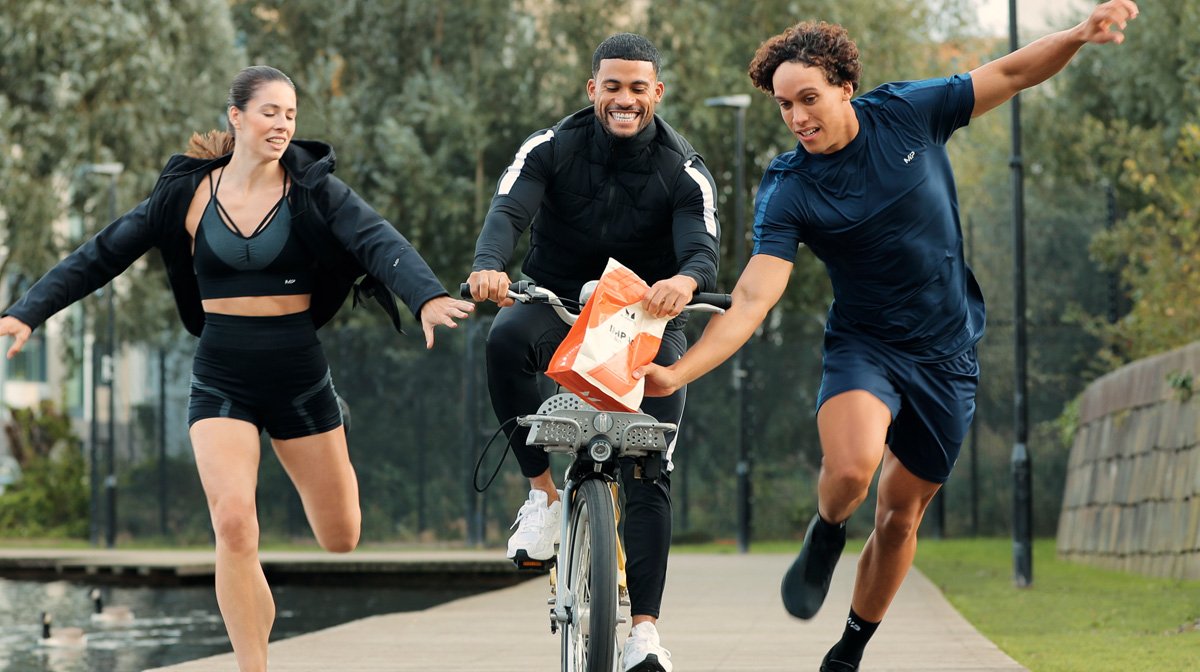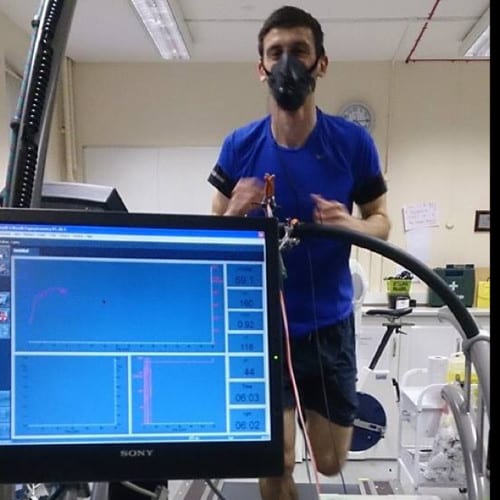Featured

Christmas
Christmas Gift Guide 2025 | Ultimate Fitness Presents
Fantastic gifts for fitness lovers and those getting ready to take on their New Year’s resolutions…...
12/15/2025 By Myprotein

Our Complete Guide To Black Friday | Everything You Need From This Year’s Sale
Now’s the time to join the hunt…...
11/01/2025 By Myprotein

New Whey Protein Drinks Hit the Shelves
The Whey Protein lineup just got even better…...
10/28/2025 By Myprotein

Ross Edgley and the Great Icelandic Swim
He is truly one of a kind…...
09/19/2025 By Myprotein
Our Editors
Latest Articles

new products
Myprotein Now Available At Muscle Foods USA
It’s a straightforward way to shop for nutrition you already trust......
12/31/2025 By Myprotein

supplements
Morning Protein Shakes: Benefits, Tips & Recipes
Spoiler: it's our favorite way to start the day....
12/11/2025 By Claire Muszalski

nutrition
12 Easy Ways To Eat More Protein
Boost your macros with no fuss....
12/10/2025 By Claire Muszalski

wellness
Exercise And Mental Health: Why Working Out Is So Good For You
Give us those endorphins....
12/05/2025 By Elle Kelly

supplements
The Best Supplements For Weight Loss & Why They Help
These could help kickstart your weight-loss journey or bust a plateau....
12/03/2025 By Casey Walker







